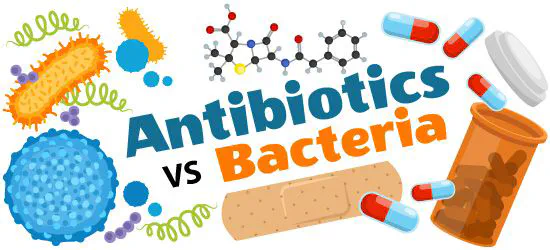AI for Science
 Illustrated by Sabine Deviche
Illustrated by Sabine Deviche
Drug Discovery
Motivation
As a concrete example of drug discovery, we are focusing on antibiotic discovery / design. Discovery and development of antibiotics have significantly reduced the burdens of infectious disease in human population in the past. However, due to natural evolution of microbes and inappropriate usages of antibiotics in healthcare and agriculture, antibiotic resistance has become an urgent problem world wide. In addition, due to various reasons1, development of new antibiotics, especially those with novel structures and targets, has slowed down in the past decades. In the near future, emergence of widely spread antibiotic resistant micro-organism will cause more problems. Therefore, novel methods for antibiotics discovery are urgently needed.
Milestones
- Tracking single cell evolution via clock-like chromatin accessibility, Nature Biotechnology 2024
- MUDiff: Unified Diffusion for Complete Molecule Generation, LoG 2023
- GIMLET: A Unified Graph-Text Model for Instruction-Based Molecule Zero-Shot Learning, NeurIPS 2023
- Hunting for peptide binders of specific targets with data-centric generative language models, bioRxiv 2023.12
- Unifying Likelihood-free Inference with Black-box Sequence Design and Beyond, ICLR 2022
- Bidirectional Learning for Offline Infinite-width Model-based Optimization, NeurIPS 2022
- Biological Sequence Design with GFlowNets, ICML 2022
- Running ahead of evolution - AI based simulation for predicting future high-risk SARS-CoV-2 variants, ACM Gordon Bell 2022 COVID-Track Finalist
Medical Analysis
- Med-UniC: Unifying Cross-Lingual Medical Vision-Language Pre-Training by Diminishing Bias, NeurIPS 2023
Biology
- A universal molecular mechanism driving aging, bioRxiv 2024.1
- Tracking single cell evolution via clock-like chromatin accessibility, bioRxiv 2023
-
E.g. most pharmaceutical companies have abandoned the development of new antibiotics and have instead focused on developing more profitable drugs for non-communicable diseases. ↩︎